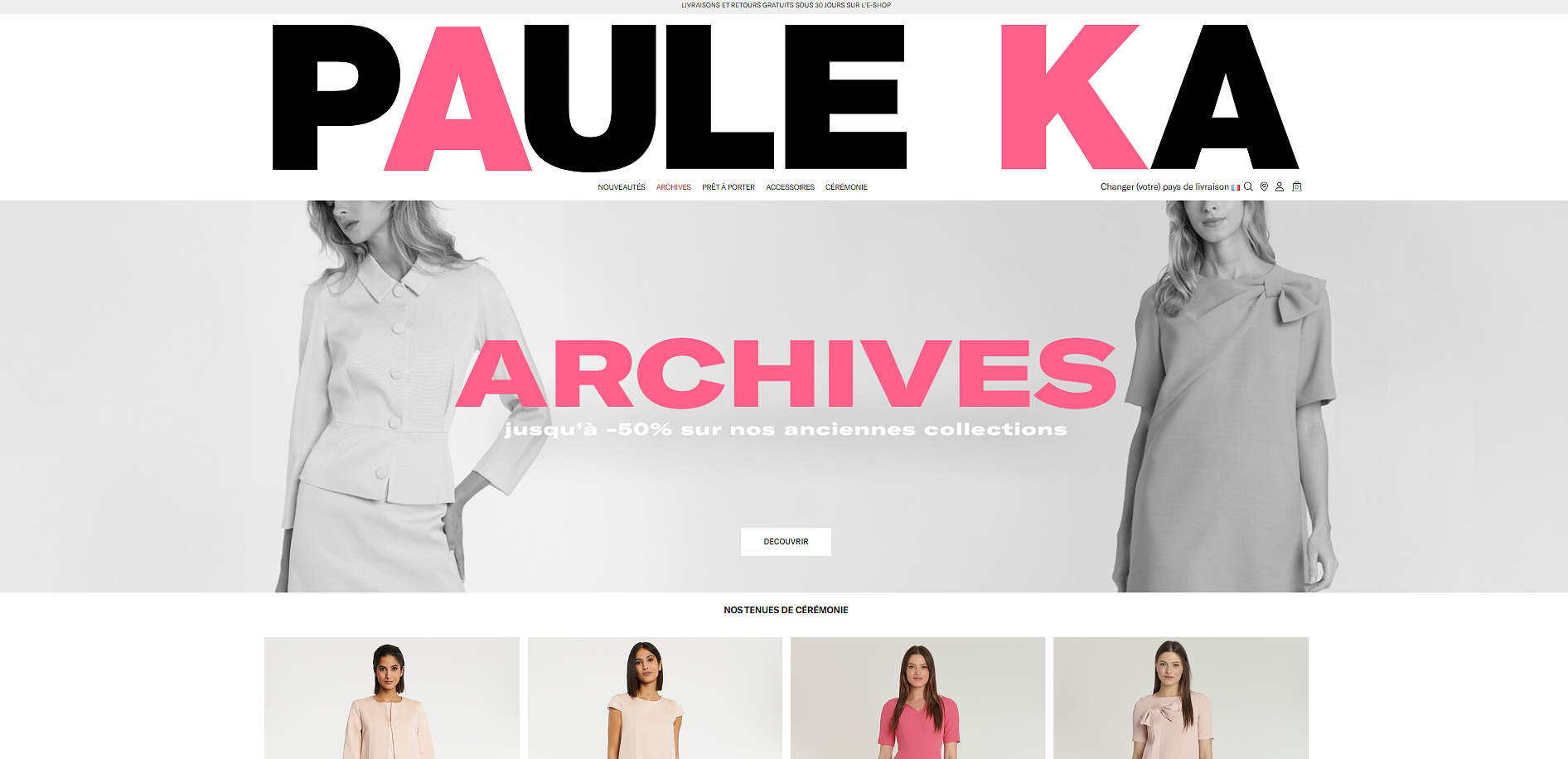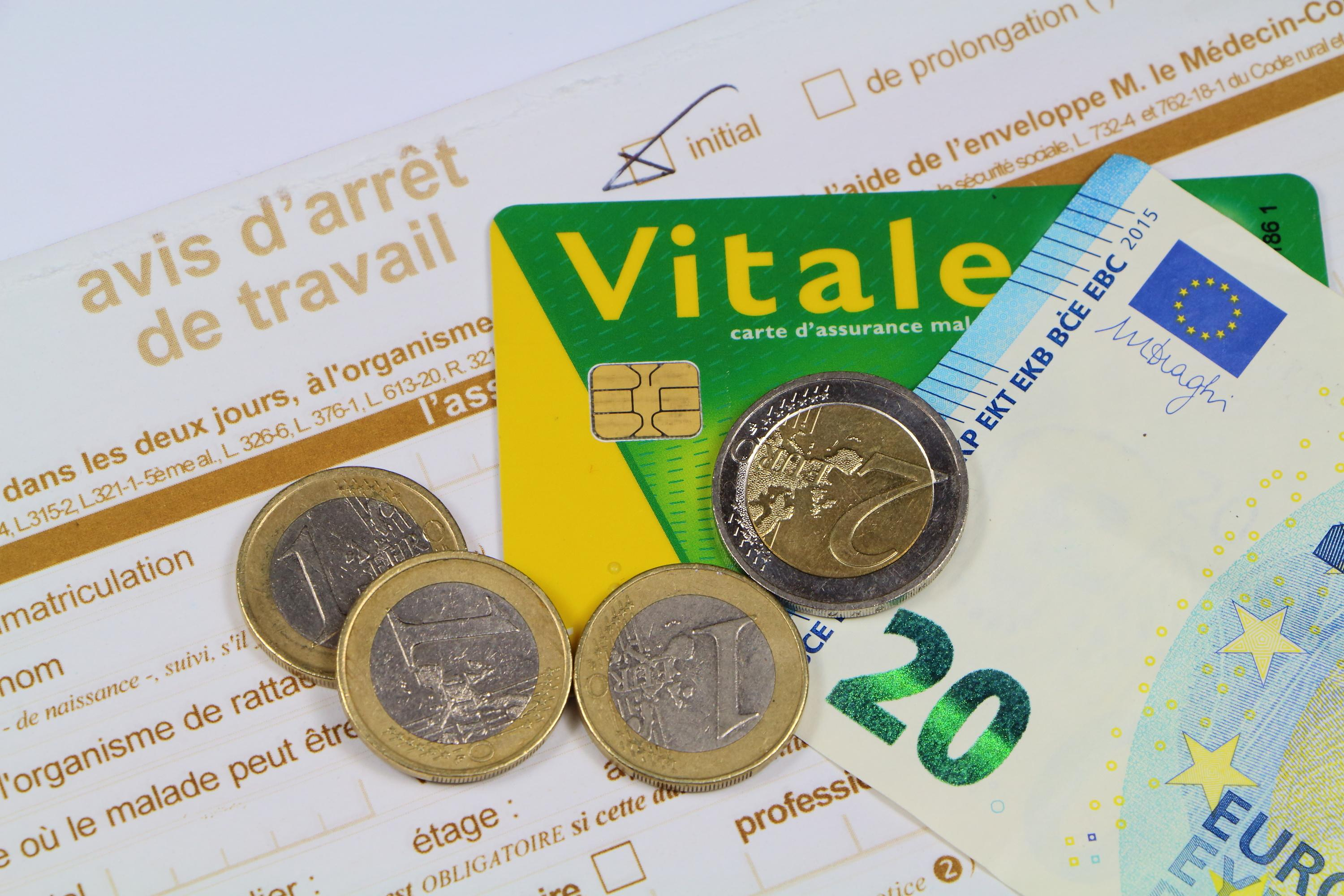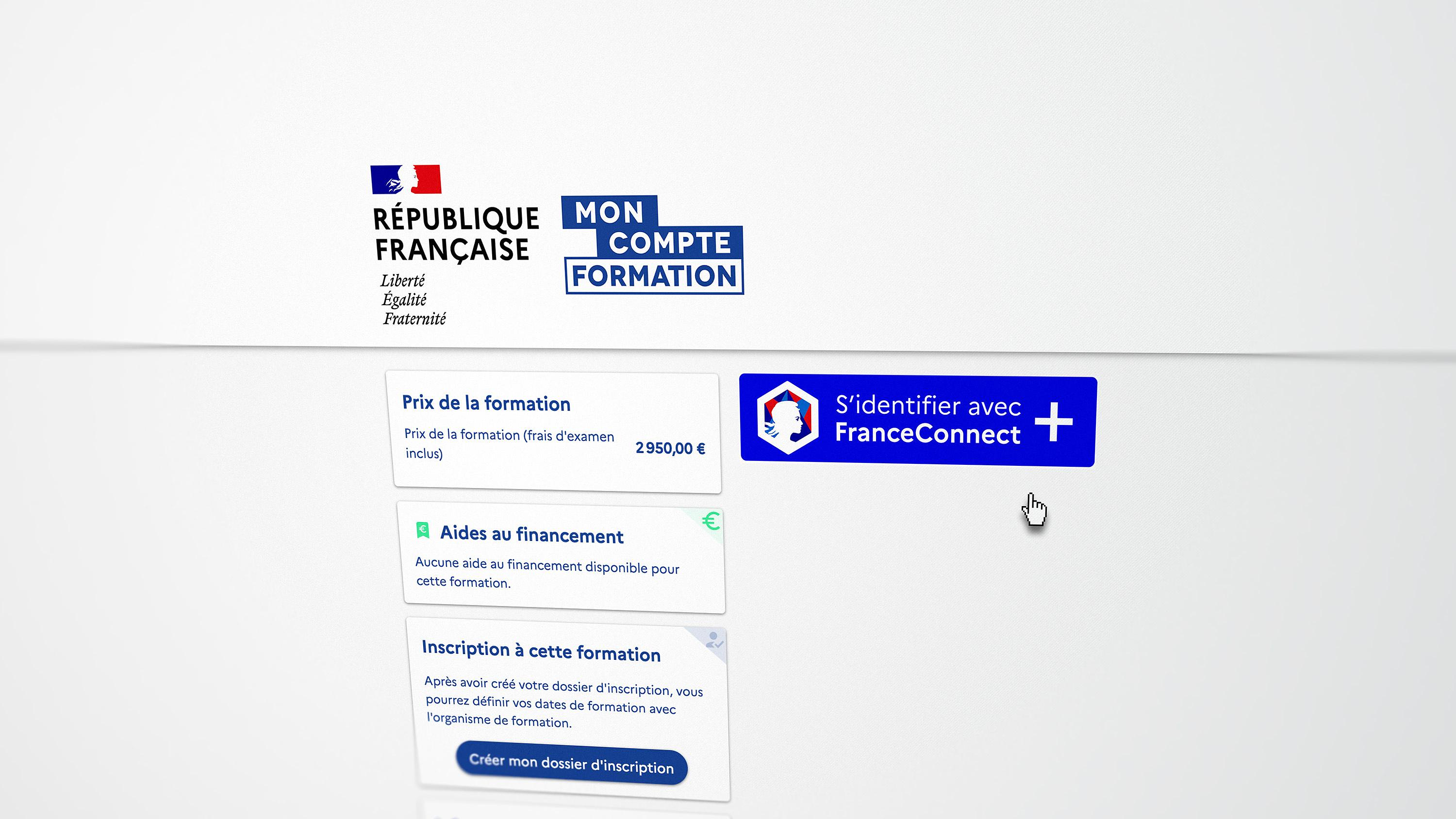Dieter Graf had the idea for "Point it" in 1976 on a trip to India. Because of the many illiterate people and the countless dialects, symbols are often used for communication there. Graf thought, why not make a picture book for travelers in a similar way. Like the Indians, he initially preferred infographics, but was soon bothered by the lack of plasticity in drawings. “There is also a risk of scale jumps, so that tomatoes and pumpkins look about the same size. That's why I decided to take pictures,” says the author and publisher.
Apparently a good decision, because "Point it - Traveller's language kit" developed into a bestseller with millions of copies, the 21st edition was just published.
WELT AM SONNTAG: In 1992, when "Point it" appeared, there were no translation apps, so the pointing book was perfect for travelers who wanted to communicate quickly and easily and didn't speak the local language abroad. But even today, in the Internet age, your book is popular. How do you explain that?
Dieter Graf: "Point it" is independent of electricity and internet connection, handy, financially bearable in case of loss and also suitable as a small gift. But best of all: You can explain everything with the photos in the book.
WORLD ON SUNDAY: Really everything?
Graf: Facial expressions and gestures will always be at the beginning of communication. Emotions are best shown with facial expressions anyway – smile, rejection, surprise. But at some point, every non-verbal conversation reaches its limits because keywords such as food, means of transport or colors are missing. In such situations, the display images help, they support the dialogue between travelers and locals. There are only a few terms that are difficult to convey with "Point it", such as sweet, hot, cold.
WELT AM SONNTAG: So if you want to order a cold beer in the tropics, you won't get anywhere with "Point it"?
Graf: That's the least of the problems in hot countries, nobody likes warm beer there either. However, if the beer is at the wrong temperature, the traveler takes his pointer to hand and puts the term "cold beer" together by pointing to the photo of the beer glass and the picture of the refrigerator.
If you skilfully combine the photos in this way, you can express everything. But there are also ready-made combos in the book, such as the illustration of two toilets, one of which has been crossed out.
WELT AM SONNTAG: Does this combination of images mean "I need a remedy for constipation" or "I need a tool for clogged toilets?"
Graf: What is meant is constipation, which is why a box of pills is shown next to the second toilet that is not crossed out. A toilet blockage could be communicated by pointing the finger at the Pömpel photo. Rest assured that among the 1300 terms and situations photographed in the 'Point it' compendium is everything women and men need when traveling.
WELT AM SONNTAG: While leafing through the book, I came across a hotel photo with a red heart on the facade. Does the picture stand for brothel?
Graf: Exactly, it stands for brothel, as you can easily see from the woman with high heels and fishnet tights.
WELT AM SONNTAG: Most of the photos are from you, where did you take the red light scene?
Graf: The photo is digitally composed of three image components that come from Munich, Berlin and Amsterdam. I also swapped out the faces of the people depicted. Almost anything is possible these days; 30 years ago I still had to do some amateurish retouching with felt-tip pens and transparencies.
I took most of the photos on my travels. I only asked acquaintances and relatives for help when the photos were provided. Today they are proud to have worked on a book that can be found in hip museum stores like New York's MoMA and is currently in its 21st edition.
WELT AM SONNTAG: Is the 21st edition very different from the first edition?
Graf: The size and design remained the same, but compared to 1992, a lot of new terms have been added in the current issue, such as exotic food, children's things, needs for the disabled, FFP2 masks, e-bikes, e-charging stations, e-cigarettes, cameras, mobile phone payments - just everything that the time brought with it.
WELT AM SONNTAG: Are there any show pictures?
Graf: Of course, the first "Point it" contained, for example, a telegram, a traveller's cheque, train tickets, the IATA flight ticket booklet, music cassettes, analogue cameras - these photos no longer exist. Next up will probably be the phone booth and internet café. The fax machine remains for the time being. “Point it” tends to become more extensive with each new edition; compared to the initial edition, the current edition has grown by 500 terms.
WELT AM SONNTAG: Do you take suggestions from “Point it” users?
Graf: Without suggestions, the broad spectrum that “Point it” offers today would never have come about. And if the pictures are not clear and users tell me about misunderstandings while traveling, I will of course exchange them.
WELT AM SONNTAG: Can you give an example?
Graf: Finding the toilet is a classic problem. If you tapped the picture with a toilet bowl, you could be sent to a plumbing store. So I swapped out the photo; the new one shows a fully equipped toilet and corresponding pictograms.
WELT AM SONNTAG: Has it ever happened that travelers got into trouble because of the pictures shown abroad? For example, one photo shows a woman in a skimpy bikini – a no-go in many countries.
Graf: I wouldn't use the picture in strictly Muslim Saudi Arabia either, apart from the fact that it's not needed there. However, I took a certain amount of consideration with the “Point it” for refugees, which I published in 2015 together with the city of Ravensburg. In this book, we completely avoided photos of scantily clad women. We also "separated" a kissing couple and made T-shirts out of cropped tops using Photoshop.
WELT AM SONNTAG: Is there a kind of censorship in the classic book for travelers?
Graf: No, what has to go in comes in. But I make sure to alienate embassy buildings and other sensitive facilities, so the embassy depicted in the book looks really different.
WELT AM SONNTAG: Why don't you make a "point it" for special travel groups, for example for circumnavigators or for vegans?
Graf: Such variations are more complex than you think. Seven years ago I made a "Point it" for Oktoberfest visits. Because this Munich city guide without words is not an international, but a regional communication aid, I needed Munich-typical illustrations. So: police cars had to be Bavarian models, the subway one from Munich, the beer bottles anyway. That means almost everything had to be re-photographed.
But to get back to your question - "Point it" for special holiday groups such as sailors can hardly be placed on the market due to low demand. The same applies to vegans, because you must not forget that the majority of the edition is sold abroad. There are certainly people around the world who do not eat animal products. Still, meat is people's first choice.
WELT AM SONNTAG: Is that why you give wild, domestic and poultry species a dozen show pictures in “Point it”?
Graf: Yes, from my experience, the animals depicted are eaten all over the world. In the meantime, I have also included various specialties from China in the collection. However, you will not find dogs, cats or protected animal species that end up on the plate in some places in Asia in the food section of the book.
WELT AM SONNTAG: Were you annoyed when Langenscheidt brought the “Without Words Book 650 Showing Pictures for Globetrotters” onto the market? Perforated and with funny explanatory comics, it's definitely a strong competitor to the "Point it".
Graf: No, I wasn't upset. It was foreseeable that other publishers would also do something in this direction. Shortly after "Point it" came out, publishing houses asked me about a collaboration. But I wanted to do my own thing.
WELT AM SONNTAG: Does that mean that every publisher can take up your idea and make show books?
Graf: Yes, because you can't protect more than the name and the photos. But "Point it" is unique and has so far been able to hold its own alongside other pointing books. And last but not least, the interest of the media prevented the market presence of the big publishers from crowding out the knobbly "Point it".
He made his first longer journey, a bike tour through southern Germany, when he was 13 years old. Dieter Graf later worked as an architect, although he always had time to travel. That's when he came up with the idea of the pointing book. In 1992, after 16 years of preparation, the first edition was published. Because of the success of Point It, Graf increasingly turned to writing travel books with the Greek islands as his focus. The 78-year-old has seen more than 100 countries, "20 to 30 regions" are still on his list.
"Point it - Traveller's language kit" by Dieter Graf, 1300 things and situations are shown on 64 pages, the pointing dictionary costs 7.90 euros.

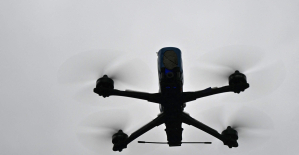 Russia: schools will train children to use drones at the start of the school year
Russia: schools will train children to use drones at the start of the school year Austria: incestuous torturer Josef Fritzl, nicknamed the “national monster”, could soon be released
Austria: incestuous torturer Josef Fritzl, nicknamed the “national monster”, could soon be released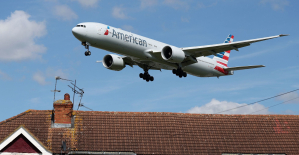 An airline continues to treat a centenarian as a one-year-old baby
An airline continues to treat a centenarian as a one-year-old baby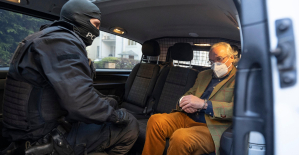 Germany: the trial of nine “Citizens of the Reich” conspirators begins this Monday
Germany: the trial of nine “Citizens of the Reich” conspirators begins this Monday Sánchez cancels his agenda and considers resigning: "I need to stop and reflect"
Sánchez cancels his agenda and considers resigning: "I need to stop and reflect" The Federal Committee of the PSOE interrupts the event to take to the streets with the militants
The Federal Committee of the PSOE interrupts the event to take to the streets with the militants Repsol: "We want to lead generative AI to guarantee its benefits and avoid risks"
Repsol: "We want to lead generative AI to guarantee its benefits and avoid risks"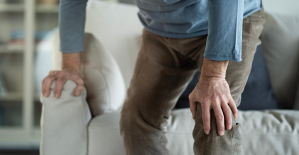 Osteoarthritis: an innovation to improve its management
Osteoarthritis: an innovation to improve its management Sanofi: demonstration in front of Paris headquarters against job cuts
Sanofi: demonstration in front of Paris headquarters against job cuts The Chinese car manufacturer BYD sets out to conquer France
The Chinese car manufacturer BYD sets out to conquer France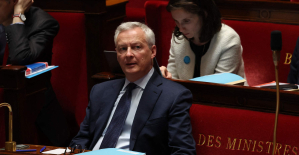 Public finances: after the deputies, Bruno Le Maire asks the senators for savings avenues
Public finances: after the deputies, Bruno Le Maire asks the senators for savings avenues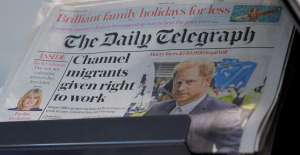 Faced with opposition from London, a fund supported by Abu Dhabi abandons the purchase of the Daily Telegraph
Faced with opposition from London, a fund supported by Abu Dhabi abandons the purchase of the Daily Telegraph Omar Sy on all cultural fronts
Omar Sy on all cultural fronts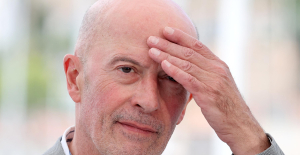 Jacques Audiard, Swann Arlaud, Benjamin Stora... A hundred men from cinema, theater and books in support of
Jacques Audiard, Swann Arlaud, Benjamin Stora... A hundred men from cinema, theater and books in support of Resale, scams and fake tickets: how not to get scammed before Taylor Swift concerts
Resale, scams and fake tickets: how not to get scammed before Taylor Swift concerts Isild Le Besco is not ready to file a complaint against Benoît Jacquot
Isild Le Besco is not ready to file a complaint against Benoît Jacquot Omoda 7, another Chinese car that could be manufactured in Spain
Omoda 7, another Chinese car that could be manufactured in Spain BYD chooses CA Auto Bank as financial partner in Spain
BYD chooses CA Auto Bank as financial partner in Spain Tesla and Baidu sign key agreement to boost development of autonomous driving
Tesla and Baidu sign key agreement to boost development of autonomous driving Skoda Kodiaq 2024: a 'beast' plug-in hybrid SUV
Skoda Kodiaq 2024: a 'beast' plug-in hybrid SUV The home mortgage firm rises 3.8% in February and the average interest moderates to 3.33%
The home mortgage firm rises 3.8% in February and the average interest moderates to 3.33% This is how housing prices have changed in Spain in the last decade
This is how housing prices have changed in Spain in the last decade The home mortgage firm drops 10% in January and interest soars to 3.46%
The home mortgage firm drops 10% in January and interest soars to 3.46% The jewel of the Rocío de Nagüeles urbanization: a dream villa in Marbella
The jewel of the Rocío de Nagüeles urbanization: a dream villa in Marbella Europeans: a senior official on the National Rally list
Europeans: a senior official on the National Rally list Blockade of Sciences Po: the right denounces a “drift”, the government charges the rebels
Blockade of Sciences Po: the right denounces a “drift”, the government charges the rebels Even on a mission for NATO, the Charles-de-Gaulle remains under French control, Lecornu responds to Mélenchon
Even on a mission for NATO, the Charles-de-Gaulle remains under French control, Lecornu responds to Mélenchon “Deadly Europe”, “economic decline”, immigration… What to remember from Emmanuel Macron’s speech at the Sorbonne
“Deadly Europe”, “economic decline”, immigration… What to remember from Emmanuel Macron’s speech at the Sorbonne These French cities that will boycott the World Cup in Qatar
These French cities that will boycott the World Cup in Qatar Bayern Munich-Real Madrid: in video, all the goals from the C1 clash
Bayern Munich-Real Madrid: in video, all the goals from the C1 clash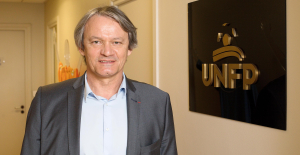 Ligue 1: Zaire-Emery, Yoro, Roy, Griezmann... The others nominated for the UNFP Trophies
Ligue 1: Zaire-Emery, Yoro, Roy, Griezmann... The others nominated for the UNFP Trophies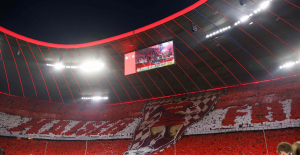 Bayern Munich-Real Madrid: in video, the magnificent tifo in tribute to Franz Beckenbauer
Bayern Munich-Real Madrid: in video, the magnificent tifo in tribute to Franz Beckenbauer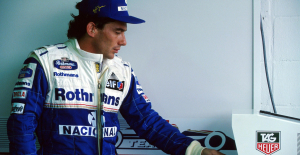 Ayrton Senna: 30 anecdotes that you (perhaps) don't know about the Brazilian who died thirty years ago
Ayrton Senna: 30 anecdotes that you (perhaps) don't know about the Brazilian who died thirty years ago





